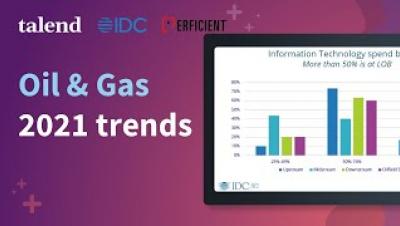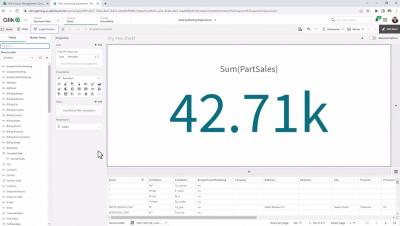GroupM is a world-leading media investment company with a vision to lead the next media era. Made up of Mindshare, Mediacom, Wavemaker, Essence, and mSix&Partners, GroupM contains three of the top five global media agencies and is responsible for $53 billion in annual media spend. In such a competitive industry, and with a drive to deliver the best outcomes for clients, GroupM knew data was vital to achieving its goals. In this video, Simon Lloyd, Head of Engineering at GroupM, explains how the media investment company is making the most of data with Snowflake.











